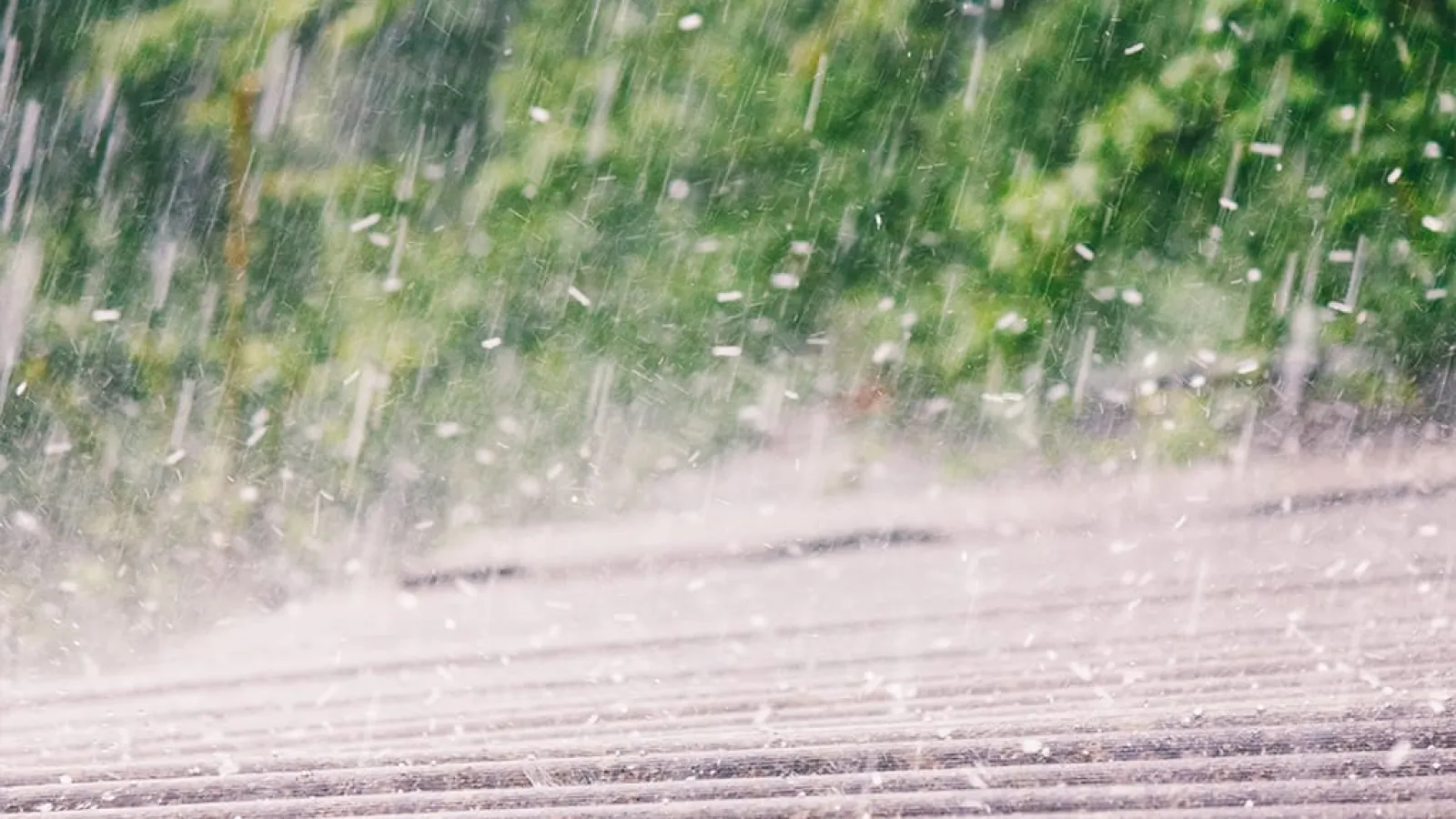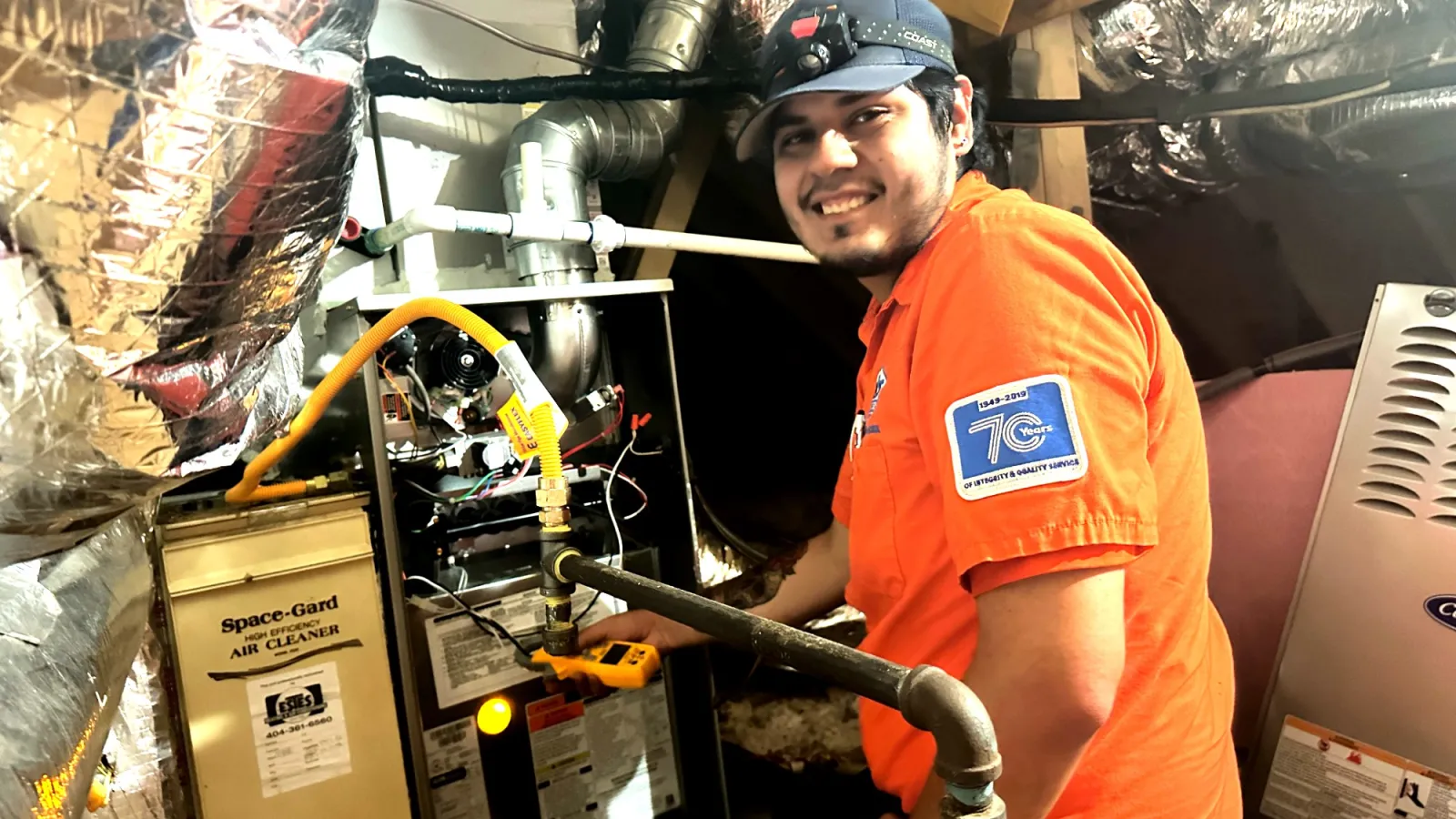Hurricane season is nearing, and homeowners throughout the Atlanta, Georgia, area are readying their homes to be prepared. During a hurricane or strong summer storm, outdoor components of your HVAC system are at risk. AC compressor storm damage occurs due to flooding, falling debris and more. Learn how to protect your AC compressor during a storm to minimize damage and disruptions in home comfort.
Preparation Before the Storm
The best way to prevent AC compressor storm damage is to minimize risks to the unit on your property ahead of time. As you work in the yard this season, perform the following tasks that help reduce the likelihood of damage when serious weather arrives:
- Trim tree limbs away from the outdoor unit. Make sure there are no limbs that overhang the unit.
- Remove dead branches from nearby trees to stop them from falling on the compressor in high winds.
- Remove dead trees on your property to protect your home and air conditioner, as they can easily fall in hurricane conditions.
If inclement weather is pending, take action to prevent damage to your AC compressor. Pre-cool your home by running the air conditioner before the storm hits, then shutting it down before the storm arrives. Disconnect power to your air conditioning system at the breaker to protect it against a power surge.
Before severe storms, secure all loose items outdoors. Take in patio furniture, grills, pool accessories and other outdoor gear, as these can all become projectiles if picked up by strong winds.
When the AC system is shut down, it’s OK to cover the outdoor unit to stop AC compressor damage. However, don’t cover it if the system is still running, as this leads to damage to your air conditioning unit. When hurricane conditions or hail are expected, tie down a tarp over your outdoor unit, or secure a piece of plywood over the top of the unit. These coverings must be removed before further operation of the air conditioning unit and should not be left on too long as this causes moisture issues within the unit that lead to rust and mold growth.
What to Do After a Storm
After the storm passes and conditions are safe again, check the AC compressor prior to using it. If you covered your compressor before the storm, remove the covering prior to starting the air conditioning unit.
Remove any debris that has piled up on or around your compressor. During a windy period, your compressor may accumulate grass clippings, leaves and other outdoor debris along its fins. If not removed, the debris restricts airflow through the system, which can lead to equipment damage.
Take a look at your AC compressor to assess for storm damage. If the unit has been dented or components broken by hail or other falling debris, have it inspected by your HVAC technician to ensure it’s safe. If the unit has sustained storm damage, repairs should be made prior to operation.
If flooding impacted your outdoor unit, damage to the AC compressor can occur. Exposure to standing water can cause corrosion to electrical components. Call your HVAC company to inspect for damage and ensure it’s safe to use again.
HVAC Help After the Storm – Call Estes!
If your outdoor air conditioning unit has been exposed to floodwaters or damaged by debris in a storm, have our professionals inspect the AC compressor. Our NATE-certified technicians perform a thorough inspection and make repairs to restore the system’s condition. If you are in need of air conditioning system inspection or repairs, please contact us today to schedule service.


